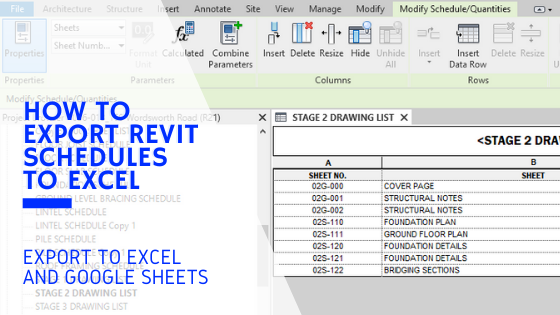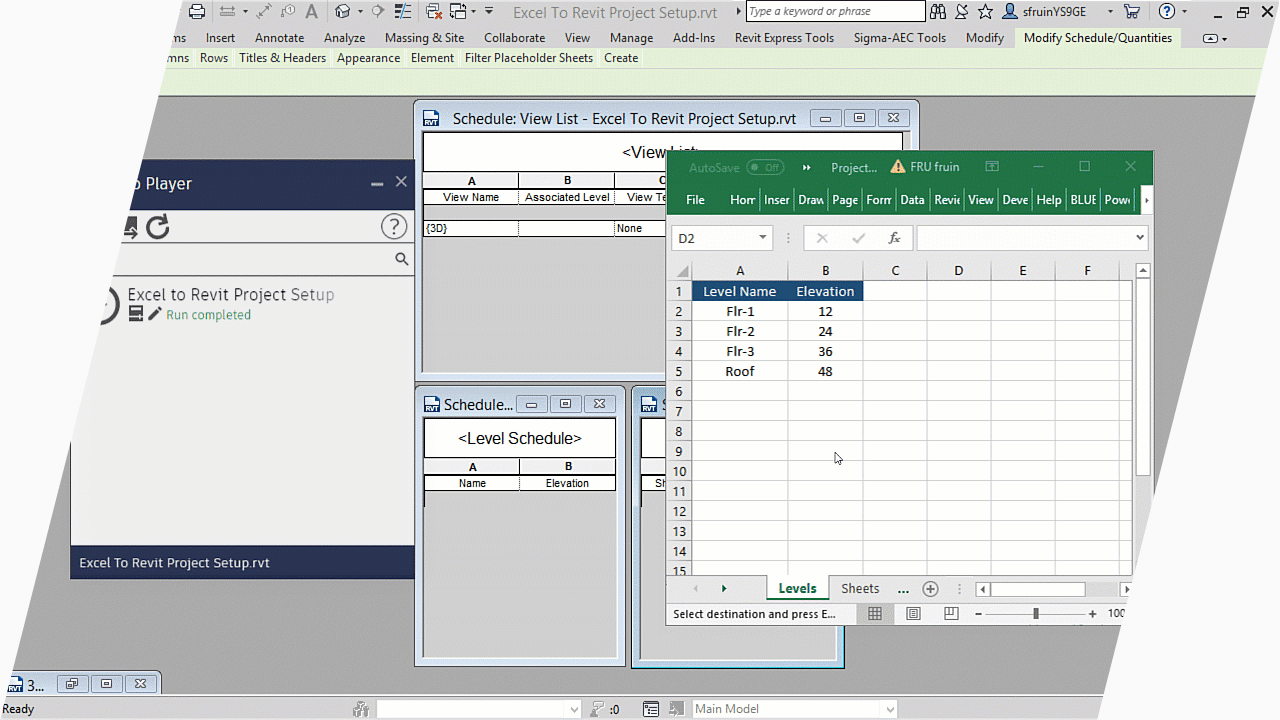Elevate Your Revit Experience with Essential Revit Tools and Add Ins
Grasping the Art of Data Assimilation: Exactly How to Seamlessly Import Excel Files Into Revit
In this short article, we will assist you with the procedure of understanding the art of information assimilation. Obtain all set to prepare your Excel information easily and follow our detailed overview to import documents right into Revit. With our ideal techniques, you'll attain information assimilation success in no time.
Recognizing the Importance of Information Assimilation in Revit
Recognizing the relevance of information assimilation in Revit is crucial for seamless importing of Excel files. It permits you to effectively manage and upgrade details throughout the whole job when you integrate data from Excel into Revit. This integration makes certain that your layout and building and construction procedure is precise and updated.
By incorporating data, you can easily import and upgrade criteria, routines, and even geometry in Revit. This removes the demand for hands-on data access, saving you time and reducing the threat of errors. With Revit's data assimilation abilities, you can preserve uniformity and accuracy in your project, while additionally enhancing cooperation amongst employee.

Exploring the Excel File Layout for Revit Integration

In order to successfully incorporate Excel documents into Revit, it is essential to ensure that the information is formatted properly. This includes effectively identifying columns and rows, along with structuring the data in such a way that is suitable with Revit's data schema. Revit makes use of certain parameters and groups to organize information, so it is very important to straighten the Excel data with these parameters to make sure a seamless combination.
Additionally, it is necessary to note that Revit just supports specific data types when importing from Excel. These consist of text, numbers, and days. Any various other information types, such as solutions or conditional formatting, will not be identified by Revit and may create issues throughout the assimilation process.
Preparing Your Excel Information for Seamless Import Into Revit
To ensure a smooth combination procedure, you'll need to appropriately format and label the columns and rows in your Excel information prior to importing it into Revit. Since it permits Revit to accurately analyze and organize your data, this action is crucial. Begin by analyzing your Excel data and identifying which rows and columns have relevant information for your Revit job. After that, ensure to classify each column with a clear and descriptive header. This will help you and others quickly recognize the objective of each column and avoid confusion during the import process.
Next, guarantee that the data in each column is correctly formatted. If you have a column for measurements, make certain that all measurements are regularly formatted in the exact same units of measurement. Revit counts on consistent formatting to accurately interpret and import information.
In addition, it is necessary to look for any type of vacant cells or incongruities in your information. Revit may not be able to read or import information from cells that are vacant or consist of errors. It is recommended to examine your Excel data and clean up any kind of variances before importing it right into Revit.
Step-By-Step Guide to Importing Excel Files Into Revit
When you've effectively formatted and labeled your Excel information, you can conveniently import it right into Revit by following this step-by-step overview. To begin, open Revit and browse to the "Insert" tab. Click "Import CAD" and select "Import Excel" from the dropdown menu. A brand-new window will certainly show up, asking you to situate the Excel data you wish to import. Search your computer and pick the Excel file, after that click "Open."
Next, a dialog box will show up, allowing you to personalize the import setups. Right here, you can pick the worksheet why not look here you wish to import, specify the variety of cells to import, and select the proper units for your data. As soon as you've made your choices, click "OK" to proceed.
Revit will certainly now show a sneak peek of your Excel data. Take a moment to examine the preview and guarantee that every little thing looks correct. If needed, you can make modifications to the import setups by clicking the "Settings" button.
Finest Practices for Information Assimilation Success in Revit
Make certain you comply with these finest methods to guarantee successful integration of data in Revit. It is crucial to arrange your information in Excel prior to importing it into Revit. Be mindful of the units and information types when mapping the data, as any kind of disparities can lead to mistakes in the combination process.
An additional essential technique is to consistently verify and upgrade your data. In addition, make use of information validation devices within Revit to determine any mistakes or disparities in the incorporated data.
Last but not least, it is suggested to develop a clear process for information integration. This consists of defining functions and responsibilities, setting up a communication network between staff member, and establishing a normal cadence for data updates and testimonials. By following these finest practices, you can make sure a smooth and successful assimilation of data in Revit, ultimately improving the effectiveness and accuracy of your job.
Conclusion
Finally, mastering the art of information combination is vital for smooth import of Excel files into Revit. Comprehending the relevance of information integration in Revit is the primary step towards successful combination. Checking out the Excel documents layout for Revit integration helps in understanding the demands and restrictions. Preparing the Excel information appropriately and adhering to a step-by-step guide is crucial for a smooth import procedure. By adhering to ideal practices, you can ensure data integration success in Revit and make the most out of your project.
When special info importing information from Excel right into Revit, it is vital to recognize the data style and exactly how it can affect the integration learn the facts here now procedure (revit tools). Revit uses specific parameters and groups to arrange data, so it is important to straighten the Excel data with these specifications to ensure a smooth combination
Be conscious of the data and units kinds when mapping the information, as any discrepancies can lead to errors in the integration process.
Additionally, make use of information validation tools within Revit to recognize any kind of errors or incongruities in the integrated data.
